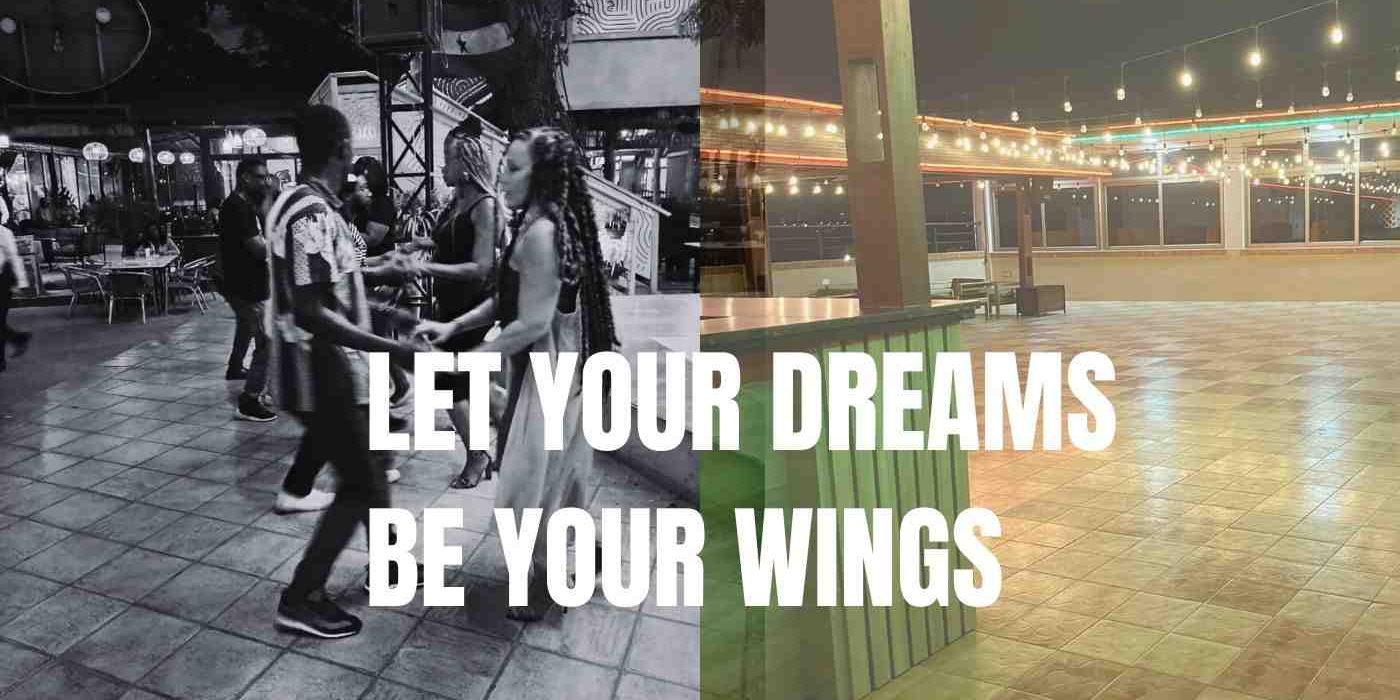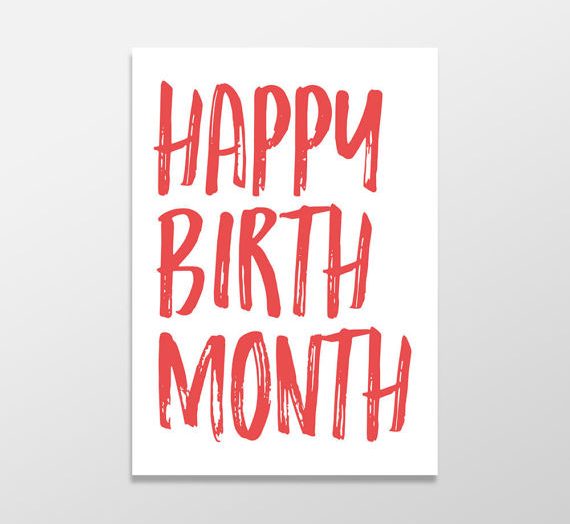To celebrate Women’s Month, we want to shine the spotlight on Michele Green, a woman taking the lead in the stepping community to spread the love of Chicago Stepping to the world. I hope you did not miss the light up of our Facebook feeds last week with Michele’s photos and videos of her trip to Ghana in Africa teaching Chicago stepping to Ghanaians for the first time. This trip was a new venture for her, but it’s a strategic step in a long term vision to take the dance to Africa. As a person with ancestral ties to Ghana, I was intrigued and wanted to know more. I dug into the details with Michele Green in our interview about her trip to Africa. Let’s celebrate Michele – a woman taking the lead in March for Women’s Month!
About Michele Green
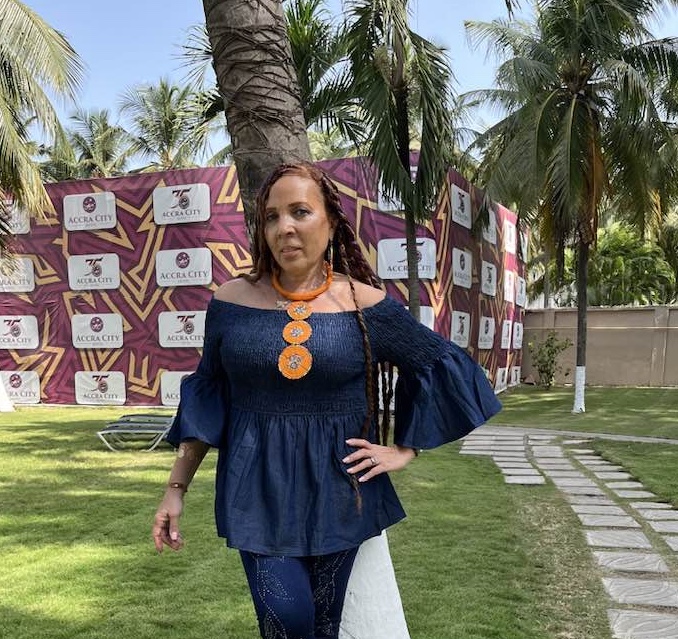
Michele Green is a stepping instructor based out of New York who started learning how to step in 2011. She first encountered Chicago stepping at a friend’s lounge in Brooklyn when some of the members of Dave Maxx’s MAK3 came in and were stepping to the music. She had many questions for them and asked “What’s that you’re doing?” They shared information about the dance and of course she wanted to know, “Where are they were doing the lessons?”
Michele followed them to classes and fell in love with Chicago Stepping. She has always done other types of dance – jazz, tap, and came from salsa. She said she was intrigued by the camaraderie when students in class hugged when they arrived and on the way out. The culture was appealing to her and she appreciated the dressing up for sets, and guys asking women to dance.
“As a mature woman, who would not go out to clubs for entertainment, I was glad to have found stepping. I feel safe. And I can go anywhere and find someone or a group that steps.”
Michele
Michele and her retired partner formed Authentic Steppers of Connecticut LLC in 2013 and started teaching classes in Connecticut. They chose Connecticut because It was fertile ground and New York already had a group teaching and she did not want to step on any toes. They started in Bridgeport and moved to Stamford, where they are currently.
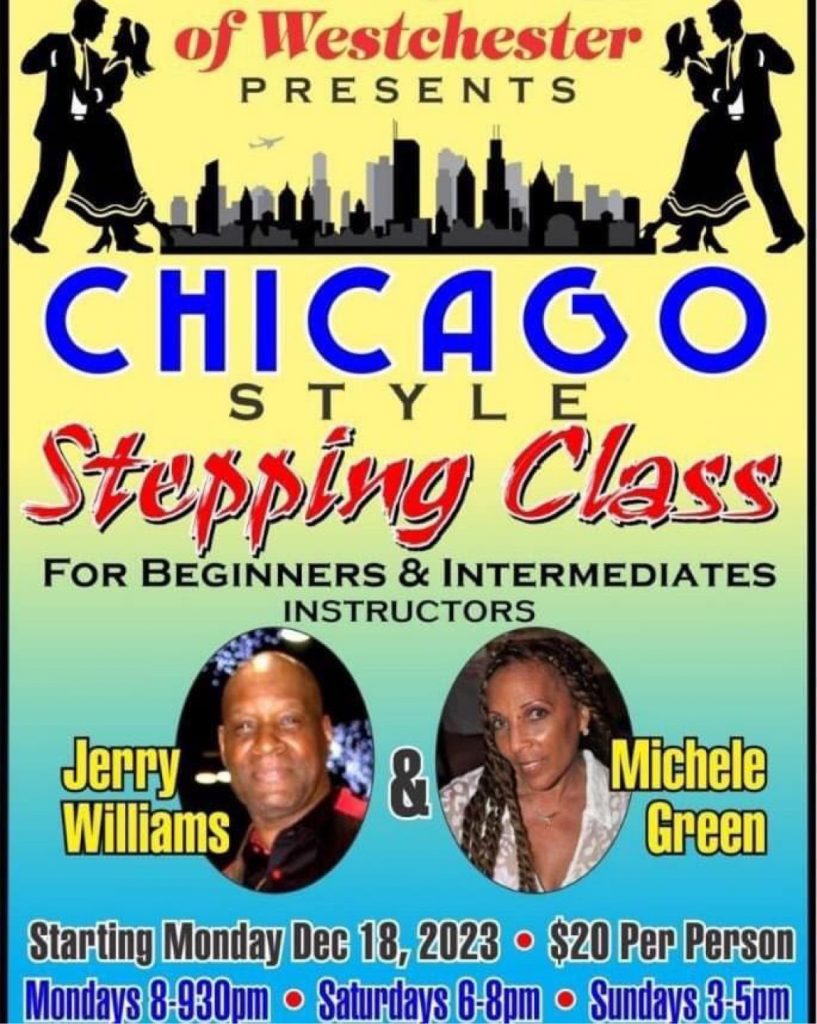
Taking Stepping to Ghana
To travel to Ghana, Michele left on her flight on Tuesday, landed on Wednesday and flew out on Saturday to return to the States. The vision for this trip was originally that of a dear friend and stepper, Hatshepsut Symister, in 2019. She had a vision to take steppers to Ghana and do a steppper set and some cultural touring. When COVID hit and everything shut down, the idea was a dream deferred. Fast forward to 2023, Hatshepsut still had the itch to do this, but was dealing with her own business and did not have the time it takes to get a group together and go to Ghana. Hatshepsut asked Michele if she would do it and she responded, “Absolutely. Africa? Yes.” That’s how it all started and now the interview.
What is your goal for your Ghana trip and this opportunity?
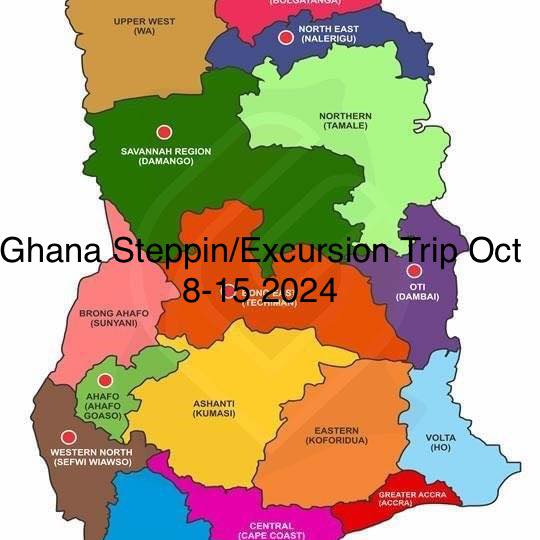
Hatshepsut Symister’s vision was, “Hey, let’s do a stepper set, bring others out there to experience Ghana. Then I thought, I just don’t want to just go to Ghana and step in a bubble. It’s sort of like plucking a steppers set from the states and plunking it down in a new country. We go there and step amongst ourselves and then maybe we go on some tours, we step again and then we return home. I envision it to be more than that although I know it would be a daunting task.
I wanted to bring the dance to Ghana and introduce it because I think it is a natural segue. Most if not all of the steppers have some ancestral ties to Africa – the rhythm, the movement, and the roots. I thought it was a perfect segue to bring the dance and talk about it; talk about the history and see how much I could do as far as lessons or demonstration. That was my plan for going in March. We can’t show up in October and expect that type of vision to come to through.
We want to have a stepper set with others from Ghana participating in a meaningful way. It’s not fun to spectate and not be able to step and enjoy it too. I wanted to be able to get the dance possibly up and running. Hopefully they would embrace it and by October the sets we have would be inclusive with us dancing with ourselves and with Ghanaians or expats that have relocated out there. The vision and goal is to be inclusive and do cultural exchange through dance.
Do you have other ties to Ghana?
Back to Hatshepsut Symister. She and her husband have visited parts of Africa but fell in love in Ghana. They are building a house there. Her husband Richard was helping me prepare for things I need to do to go out there. I am also working with Talking Drum Tours who will host us in October. The tour guides include a local, Ghanaian who lives there and an American-born guide who is there two-thirds of the time. They have been hosting tours for 14 years but have never a dance tour hosting steppers. That was my tie there and why Ghana was selected as sort of an easier transition because of these ties with Hatshepsut and Talking Drum Tours.
Are you teaching both the lead and follow side of the dance? Are you doing this alone?
On this trip to Ghana, my male instructor was doing promotion for our August event and just came back from the Heritage Ball, so he could not make it. However, there was a stepper from New York who had been out there in Ghana for a year and I connected with her – Katrice Roberts (Abena Sika). I had someone that I could lead and she could follow.
What is different about teaching stepping in another country?
I think in general, the excitement you see on the faces of people who see it for the first time. They had absolutely no idea what stepping was. They kept referring back to maybe it’s another version of salsa. I felt such satisfaction to see their faces light up, but I don’t think this is unique to Ghana but to any population who has not experienced the dance before.
How are you showing what the dance is? Are they also watching video and seeing the dance any other way?
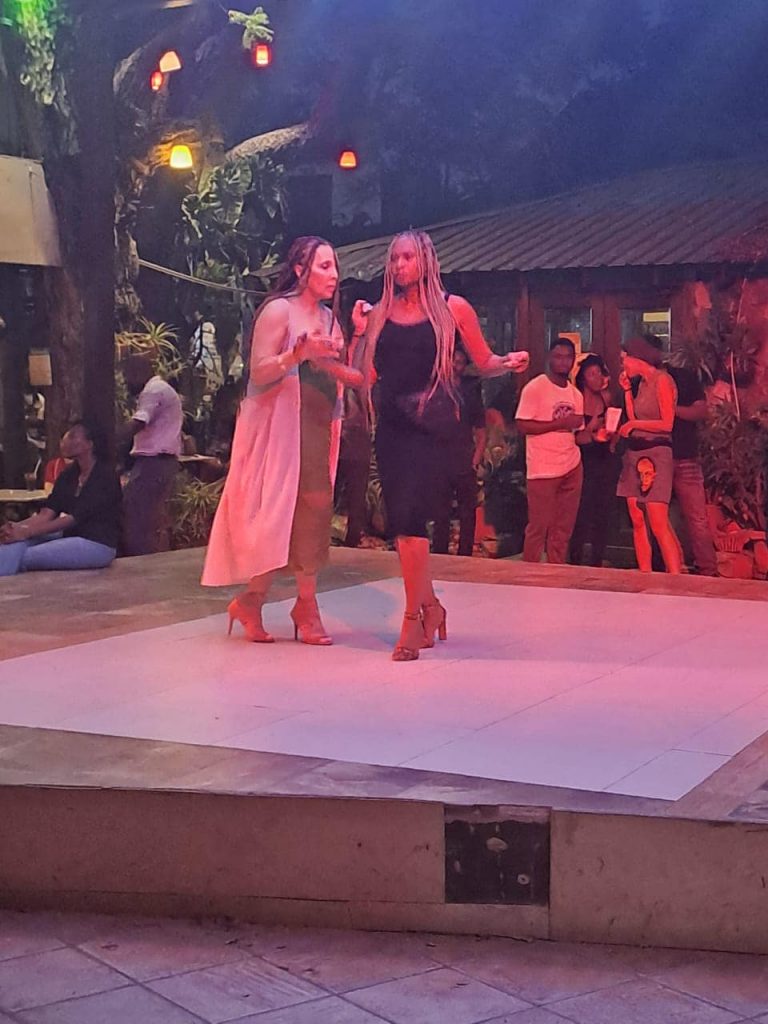
This is what I had to do. Women on women demonstrating is a little handicapping because you’re not going to dance the same way that a man would dance with a lady. I had videos of several stepping events and of my son and I dancing. I showed video of an event so that they could see a sea of people stepping and could have an idea of what it looked like with male and female. I used videos on my phone to show them.
“This is stepping and this is the kind of music that we step to. And now I will demonstrate for you.”
-Michele
Did you explore Ghana while you were there?
This was my first trip to Ghana. I have been to Africa before but not for dancing – 15 years ago. We have some great tours planned for October for the steppers who are coming from the state. I am really looking forward to experiencing those with them so I only a peak in passing. I went to Uningo but I didn’t want to delve too deep and so I only got into a little bit of touring.
Did you experience similar challenges in getting students for the class? How was the turnout for men?
It made sense to approach people that were dancing already. I piggybacked off a salsa class. Everyone was already partnered up equally with men and women when I went to teach. It was equal because of the salsa class. Salsa is very big out there. I don’t know what the turnout would have been if I had just gone generally and announced a class. I don’t know what the ratio would be and if it would be like how it turned out here.
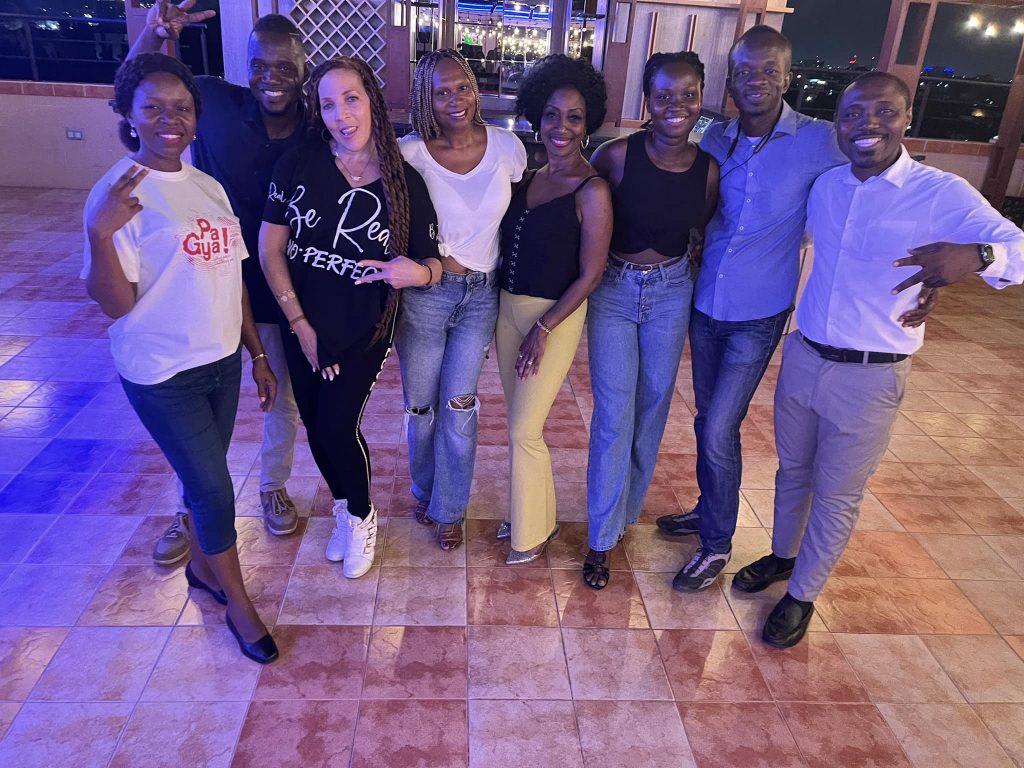

What are some of the other dances in Ghana?
Kizomb and salsa. At the cultural center – there was African dance with drummers and African dancers. I worked out with them there. Typically the movement in African dance is fast with a lot of hand movement. In class, the first song I played was very slow and it was hard to get them to slow down to a steppers mellow movement. They did though! I may have showed them the basic for all of then minutes and then we just got into it. When I put on a faster song it was on and it was a really good time. I thought it was a good idea to approach dancers first.
Did you see elements and flavors of the regional dances in them stepping?
I saw salsa. I call it salsa stepping with the moving of hips and all that. I saw that in their basic. I went over it with them explaining that stepping is a little different with not so much hip and hand movement. My son did salsa before he did stepping and he moved the same. African dance also has a lot of hand movement and foot movement and I saw that coming through also in the basic.
How are you keeping the instruction going and when is your next trip?
I had to have a plan. I didn’t want to hit it and quit it and just show up in October. While out there, I tried to find an instructor who was willing to take some lessons remotely and teach it on the ground there with some supervision. We also had a sit down at the National Theatre of Ghana with the Executive Director and I explained what I was trying to do as far as Stepping and why she would be open to planning a workshop there in the future.
Remote Instruction
My partner, Darren Williams, and I are going to probably start weekly Zoom calls with basic instruction, all the way up and see who signs up. It’s going to be challenging. The airfare is truly prohibitive and if it wasn’t I’d be in and out frequently like I was going to Chicago for a while. It’s at least $1,700 on up for a flight.
Classes on the Ground
It’ll be difficult to be back there before October so I have other plans so far as the Zoom and having someone on the ground. They had the class today and I am going to find out how it went because it is a salsa and kizomba instructor and I like his style. And his teaching is very technical and explanatory. He is not stern and nasty. If I am not physically on the ground, he can be. If it goes well, I will refer other people from the area to him.
His classes are 7-11 – four hours on Thursdays. The first hour is for beginners and then intermediates join in and dance around. It’s not formal. I am asking for an hour of stepping during this class time. I sent him a bunch of instructional videos and I prefaced everything with the history of the dance, and where it came from. It’s for us by us. I hope they love the experience and embrace it and continue the legacy. It does not have European influence. It’s ours and it is something important we can bring to Africa whether Ghana or other parts.
What support do you want or need from the stepping community?
It was really nice when I posted videos and went live, to see the comments. It meant everything. If I stopped in different areas and posted, across the board there was support and comments like, “this is historic!” Those went a long way.
It was important for me to understand the ins and outs for remote instruction. I have a mentor who did remote instruction before. Dave Maxx.
-Michele
Dave Maxx mentored us when we first started as instructors. I think he is a straight shooter. I am not only doing things in remote videos and using my partner, I also went to a source who has done this before many years in a different format. That was important to me to have that guidance. Several people have reached out when I was in Ghana and one young lady wanted to collaborate with me for what we are doing in October. Someone wanted to help me with something else. Being around in stepping for all these years, you can become jaded. I pray and wish that this opportunity starts pure and stays a promising opportunity that is a proud representation of what we do and remains that way.
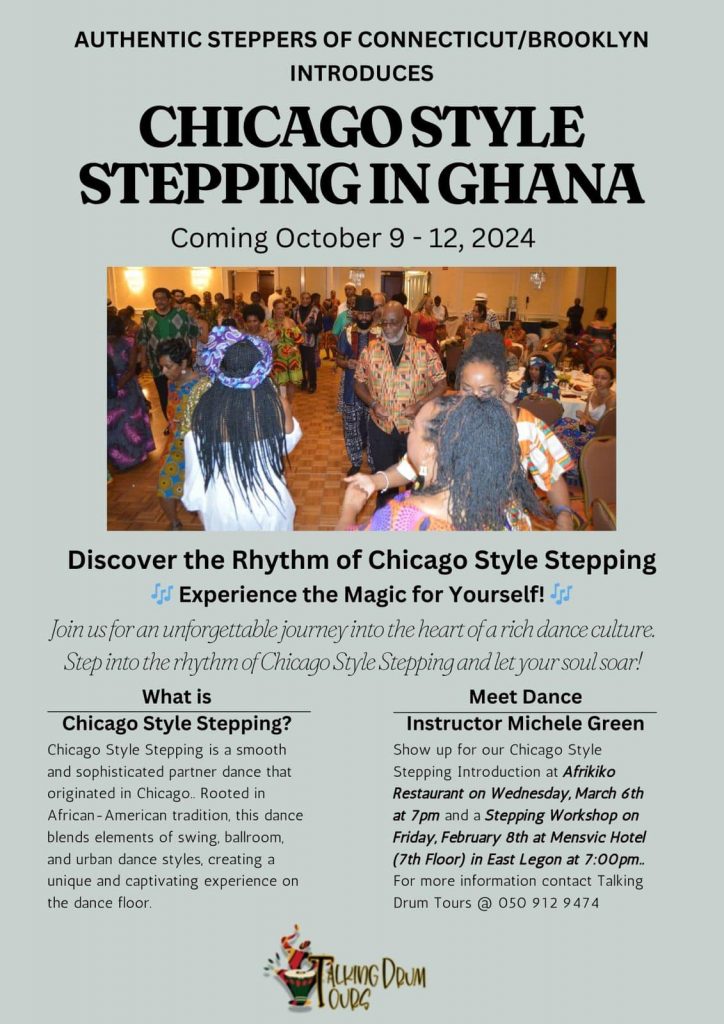
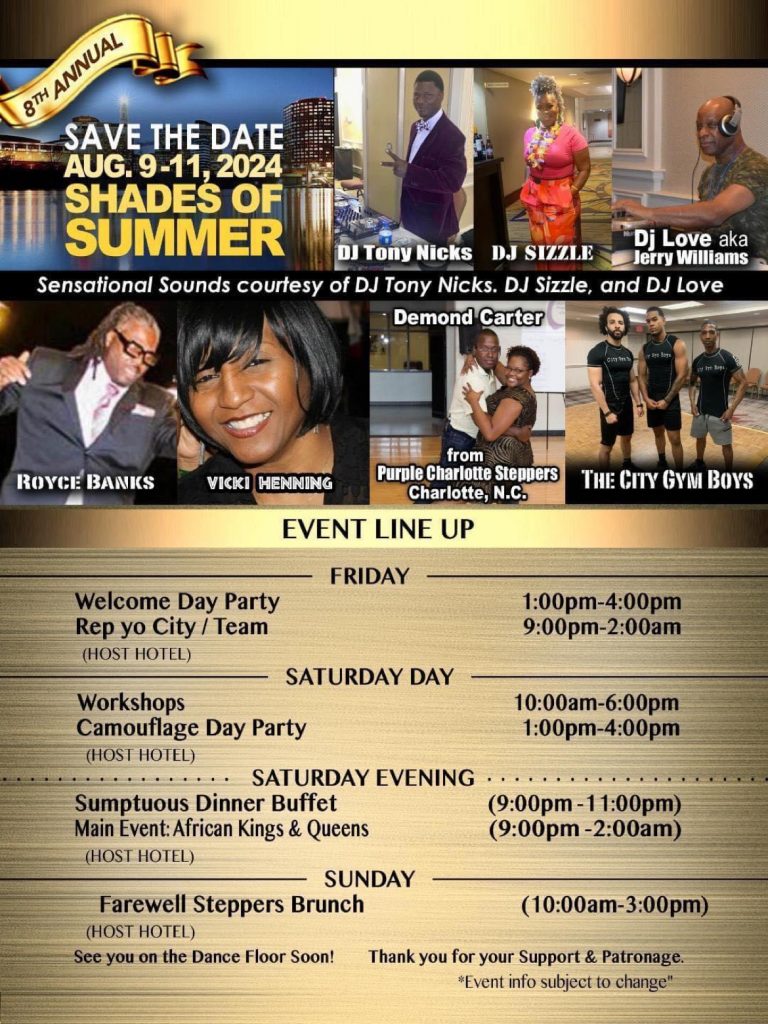
Did you enjoy this post? Share on social media!
HELLO, I AM SONJI
I saw stepping for the first time in Virginia and fell in love with the dance. I started traveling in 2012 and fell in love with the people, culture, and experience. Chicago stepping has taken me across the nation chasing its truths. I enjoy the chase. It has stirred my soul and healed me. These are my travel stories about Stepping.
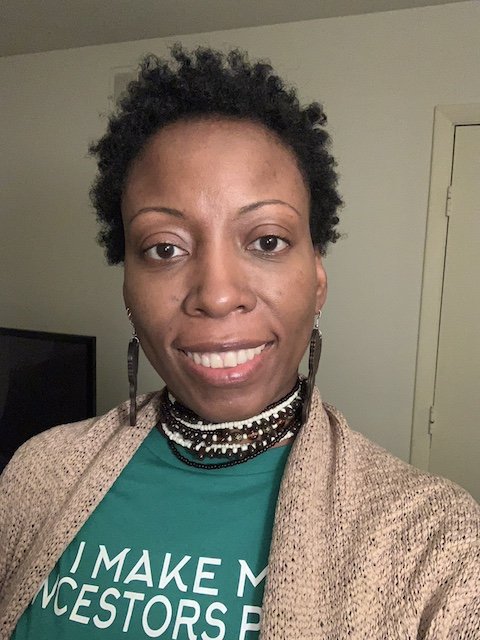
LEARN TO STEP
- Find an instructor
- Explore the culture
- Enjoy the music
- Chase the experience
- Travel and learn

